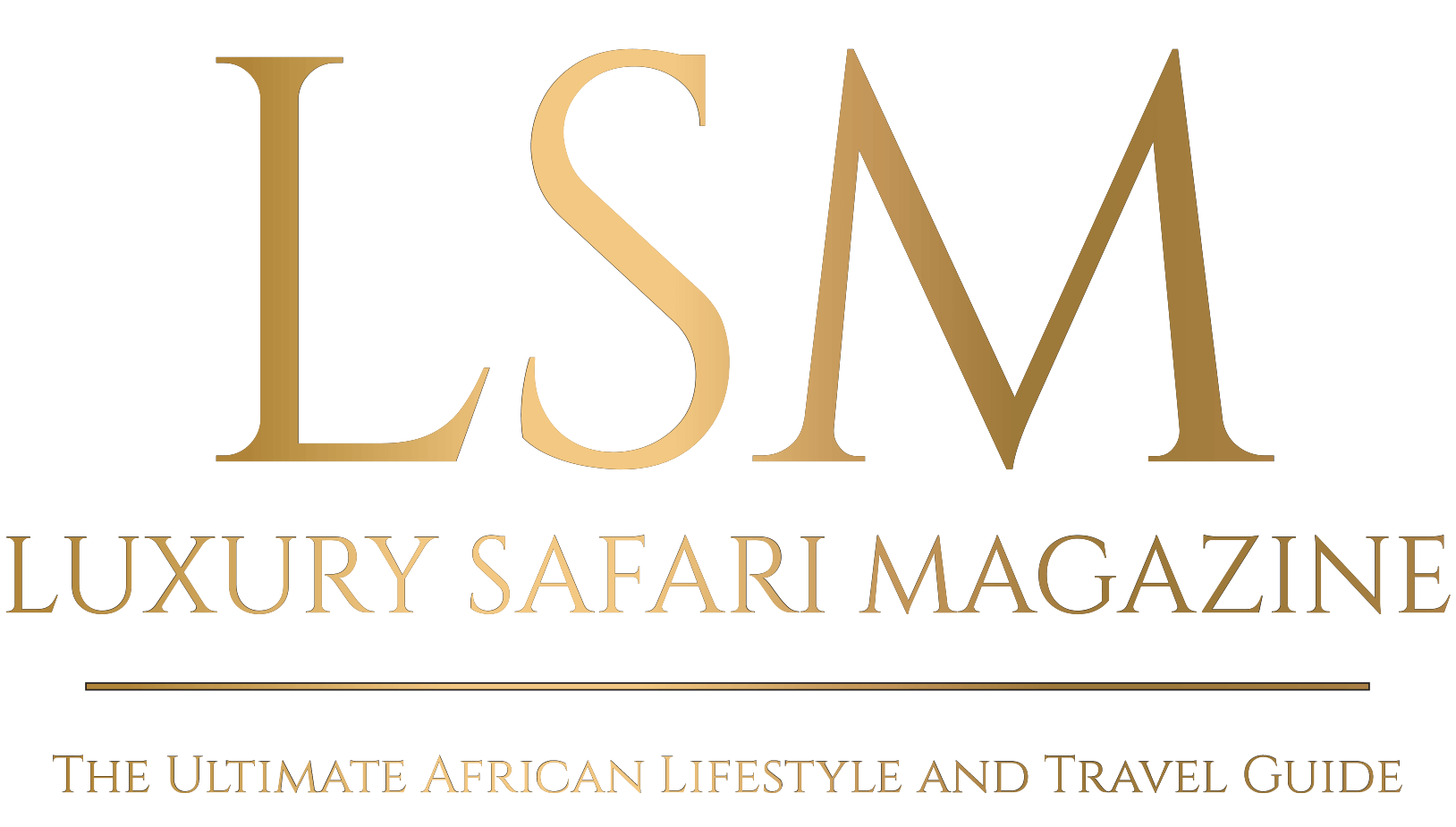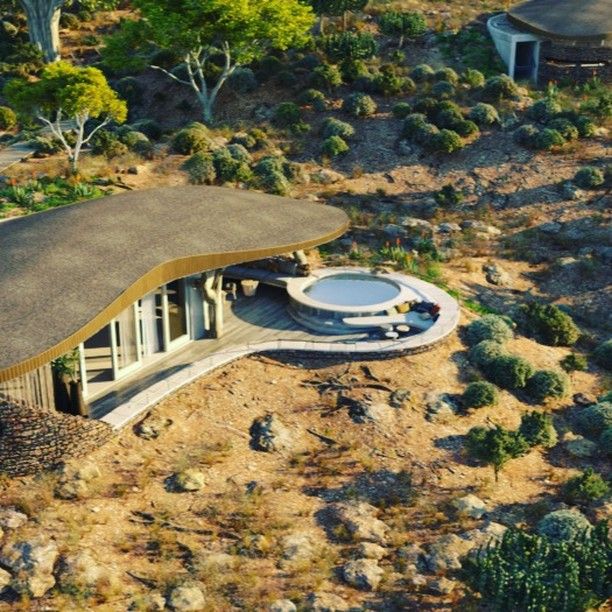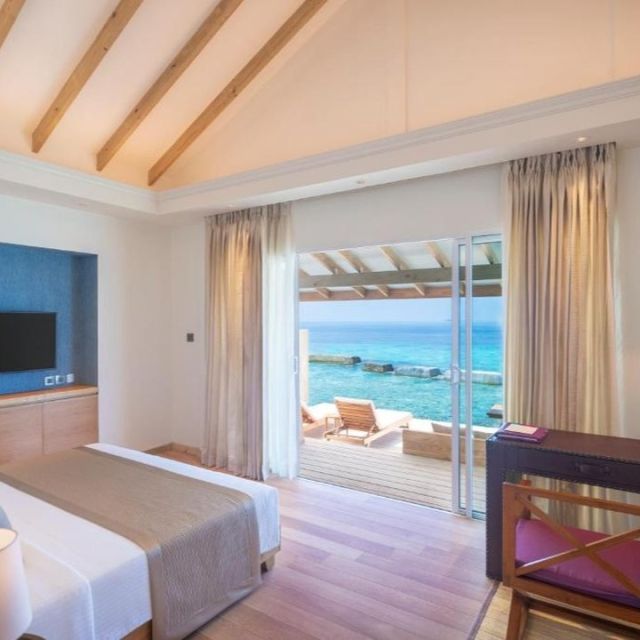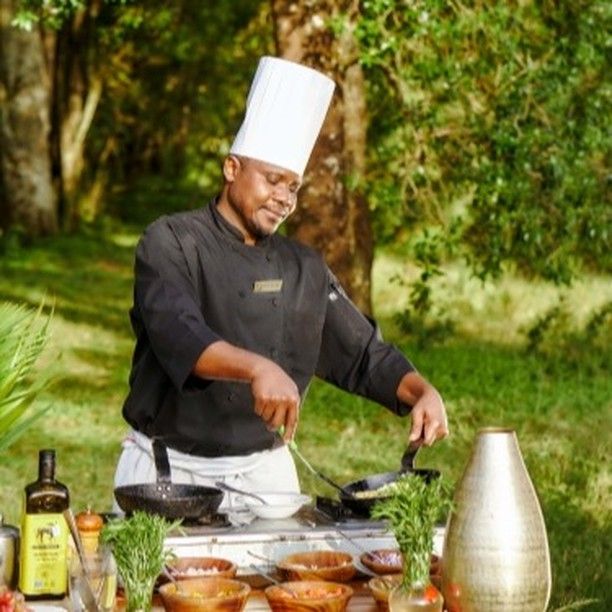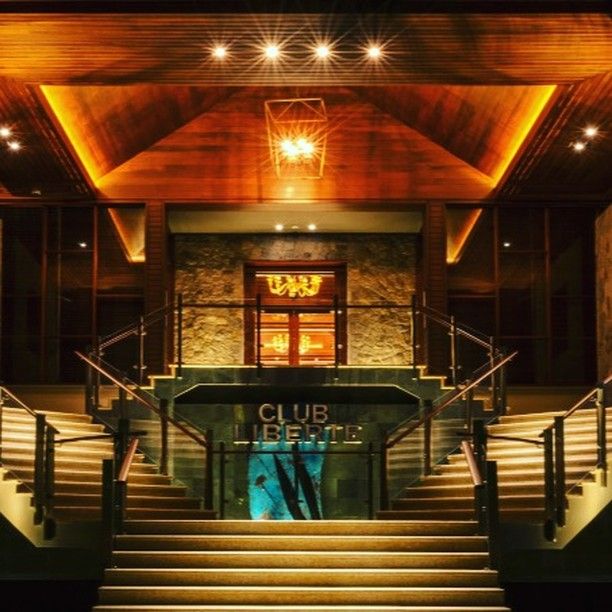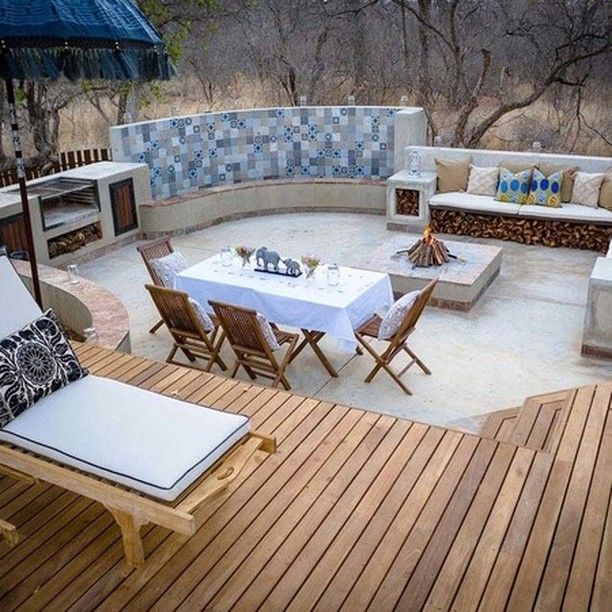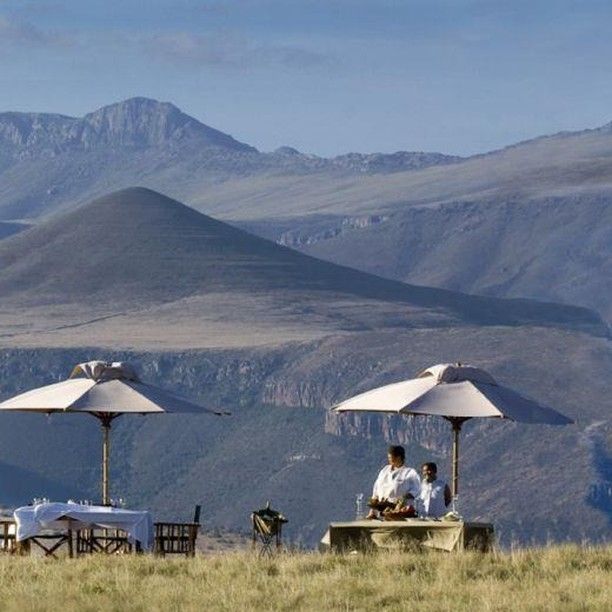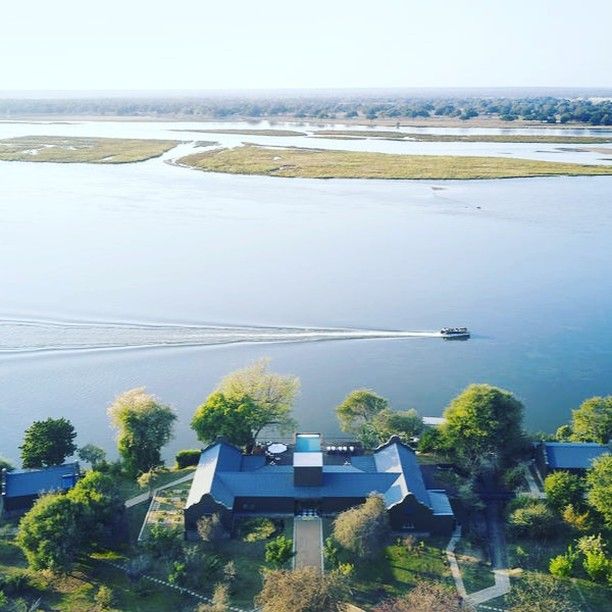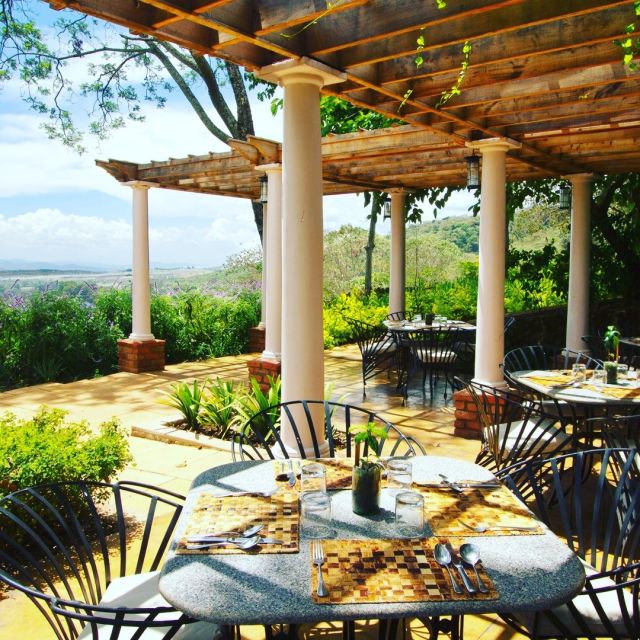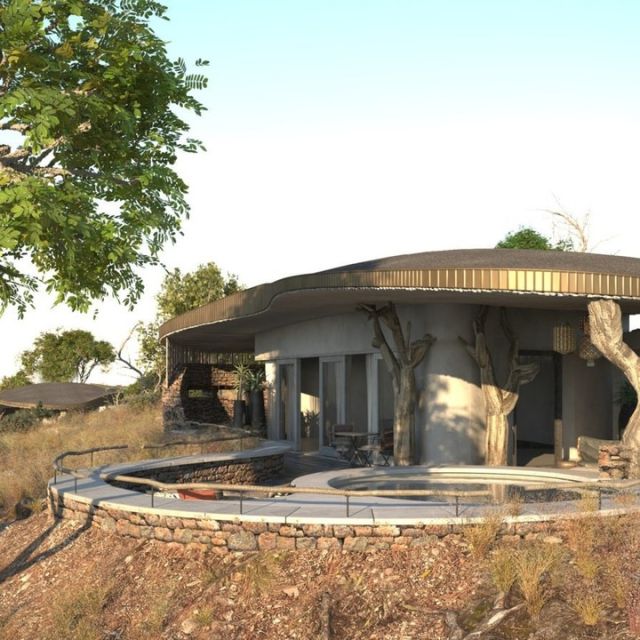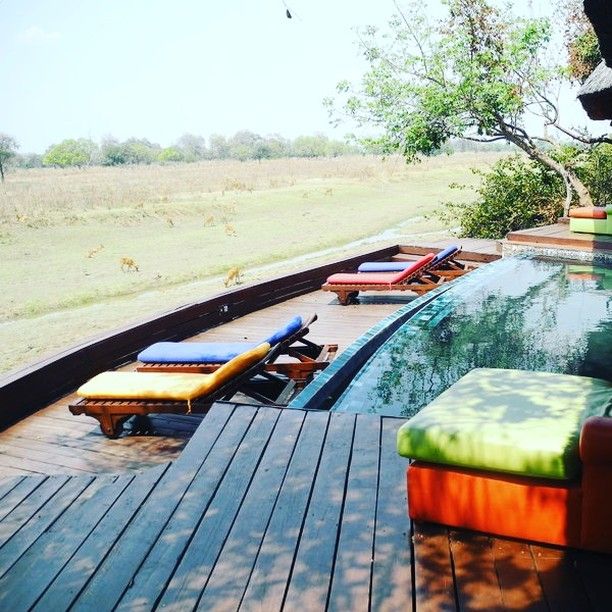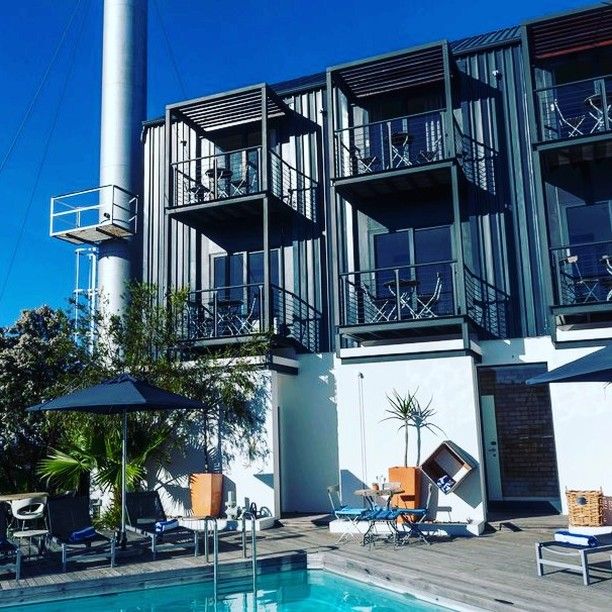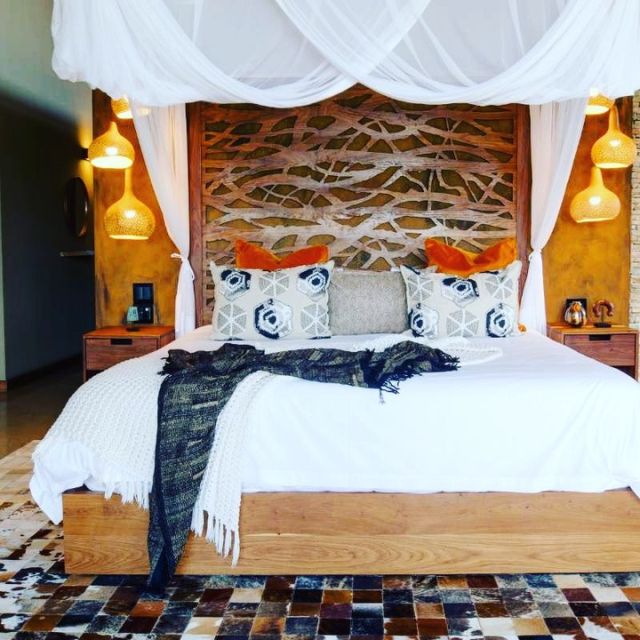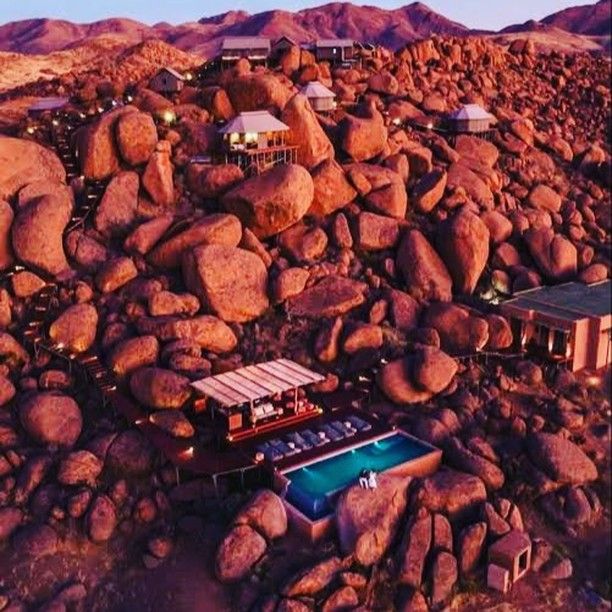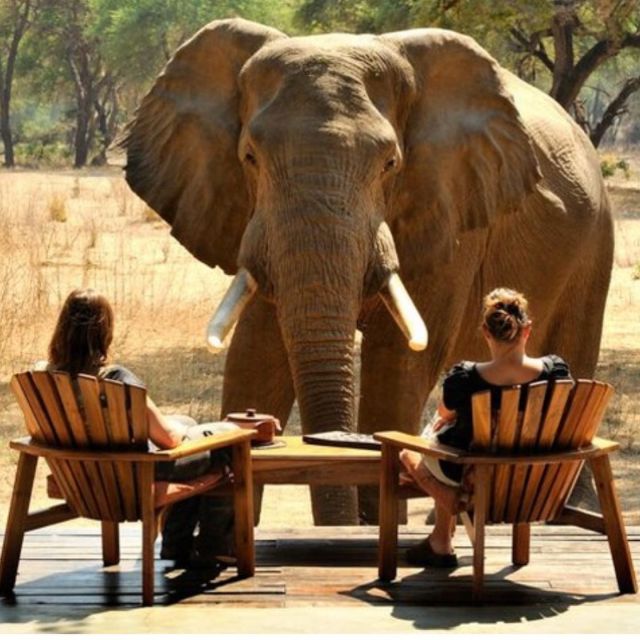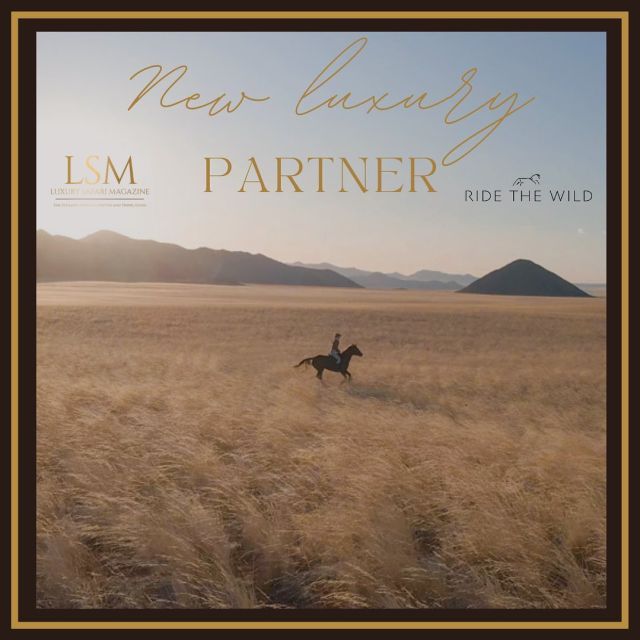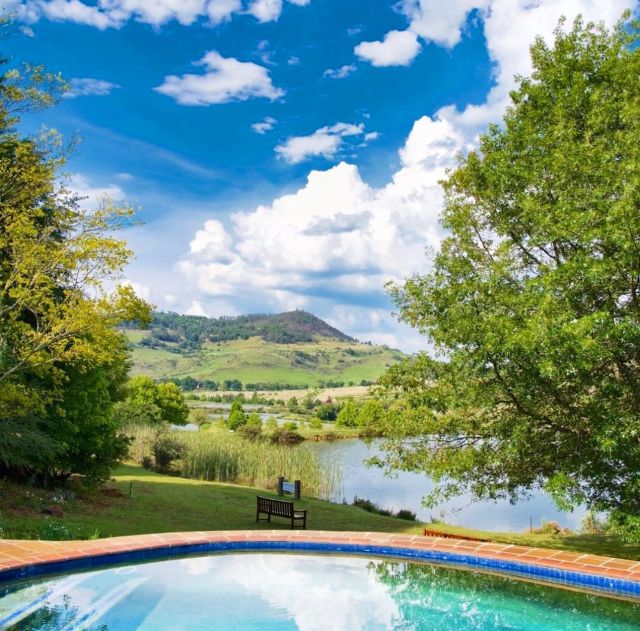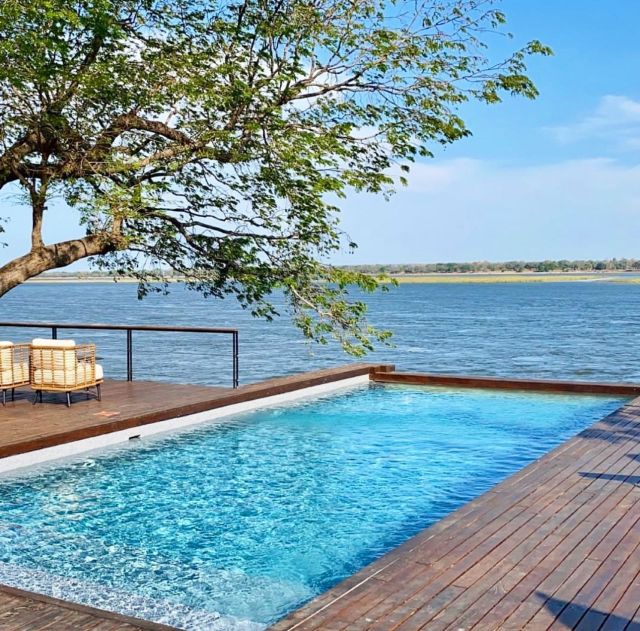August 7, 2023
Luxuria Lifestyle Interviews Johan Siggesson, wildlife photographer
Johan Siggesson, a globetrotting wildlife photographer based in Malta, captures the world’s beauty through his lens, creating exclusive limited-edition photos. Luxuria Lifestyle delves into his passion and business, uncovering the stories behind his breathtaking images:
How did your journey as a wildlife photographer begin, and what inspired you to focus on capturing the beauty of nature?
One of my very first memories from my childhood is sitting on the floor of my grandmother’s apartment in Gothenburg, Sweden flipping through a book with nature and wildlife photos from all over the world. Unfortunately, I don’t remember the name of the book but I do remember it had a light green fabric cover and for me, as a young boy, I remember it was very large and heavy. I was totally mesmerised by this book and I think somewhere there it all began.
On a more recent note, I started taking my photography seriously after a photographic safari to Kenya back in 2012. After that I gradually gave up my career in web- and graphic design and shifted towards photography. The experience on this safari was life-changing for me. I just knew that this was what I wanted to do. I have always been interested in both nature and art so it was the perfect combination for me.
Living in Malta is unusual for a wildlife photographer, how does the Mediterranean environment influence your work?
Yes, I agree with you. In a way, it is not ideal to live on a tiny island in the Mediterranean when you are a wildlife photographer. On the other hand, it is not for nothing this little tiny island has been occupied by various people and nations over the past centuries. It is like a hub, close to both mainland Europe and Africa which makes it location perfect for travelling. I don’t think that living in the Mediterranean has affected my actual photography in any significant way. I believe that my Scandinavian background has had more of an influence on my work. I like simplicity, timelessness and purity in my work and that, amongst other aspects, is what Scandinavian design, architecture etc is so well known for.
Your photos are known for their exclusivity. Can you share the process behind selecting and creating limited edition prints?
Once back in my studio after a photography-filled trip, it is time to select the best possible print from a huge number of photos. What people do not realise is that even after, for example, 2 weeks of intense shooting on location there might not be any prints that would be worthy of showing to the world. If I can come back with one strong image, I would consider the trip a successful one. So how do I choose such an image? A very good question. As an artist, I need to choose an image that I think is worthy, an image I can stand for and an image that represents Me and my work. This is not an easy task.
Today, we are bombarded with thousands of visual messages every day. We have Instagram, Facebook, billboards, Netflix, eZines, magazines etc. everywhere we go. I need to create images that somehow rise above all this ‘noise’ and make people stop for that extra second to take another look. I need to create images that form a connection with the viewer. We often talk about images that tell a ‘story’ and that is what it is all about. A “story” doesn’t always mean a traditional narrative like we might initially think. More often than not, what we mean is that the image evokes some kind of emotion or imagination in the viewer or perhaps spark some curiosity or memory.
This stopping power is what makes a photo strong and what makes it last. This is also different for different people. What sparks your interest is not necessarily what sparks the interest of the person next to you. There is no definite recipe on how to create images like this and that is partly what makes art what it is.
My goal is to make pictures that catch people’s attention and make them pause instead of mindlessly scrolling or walking by. I think those kinds of images are perfect for hanging on someone’s wall because they spark conversations and become real conversation starters.
Travel plays a significant role in your work. Which destination left the most impact on you, and how did it influence your photography?
Locations impact me differently – some on a more personal level rather than on a professional level. I will never forget my visit to Madagascar and how it changed me as a person. I often refer to my visit there when I talk to my children about how different living conditions are for children in different parts of the world. Although it is also a completely unique and incredible location for photography it is not what makes my blood flow.
Like many others, east Africa is where I feel I belong with my camera. When photographing iconic African mammals such as lions, elephants, zebras, giraffes etc., I feel at home. I don’t think it is a coincidence that Kenya is where I started this journey and also a location I prefer to return to over and over again.
In the age of digital photography, what challenges and advantages do you face as a creator of limited-edition prints?
I started this journey when photography was already 99% digital so I don’t really have any personal experiences with analogue photography. One thing that I know is very different though, is that with modern cameras a lot of the technical element of photography has vanished and the creative element of the process is allowed to take centre role. Every shot back then cost money and must have inhibited creativity. The fact that we now have instant feedback in the camera during a shoot is also something that I cannot imagine myself being without. I think without those two game changers, I would never have started photography professionally in the first place. In recent years the higher resolution cameras also help out a great deal when creating larger pieces for someone’s wall.
Can you highlight a memorable or challenging experience you’ve encountered while on a wildlife photography expedition?
Earlier this year I went on a 10-day safari to Kenya with the sole aim to photograph elephants. I had a number of images in mind that I was going for. One of them required special weather conditions plus one specific elephant that has some of the largest tusks in the world and at the same time is very friendly.
I decided to go in October because it is the time of year when I would have the biggest chance of ‘big skies’ with great clouds. For this specific shot I needed those clouds – but not too much. Let me explain. Basically, I wanted an image of this iconic elephant in front of Africa’s tallest mountain – the Kilimanjaro. A blue sky is my worst enemy but for this shot I needed a relatively clear sky to be able to see the mountain in the background I also wanted some clouds for some added interest in the sky. At the same time, I also needed the elephant on good behaviour in front of the mountain without any disturbing bushes or trees in the background. All this needed to happen in the soft light of the early morning and with his ears flapping. As I mentioned earlier there are a lot of things that have to come together at the same time to make a strong image.
Upon arriving on location, I immediately got in touch with my local contacts to keep me informed about the elephant’s whereabouts. Obviously, when we found the elephant in a good location, the mountain was hidden in thick clouds and when the mountain was visible in all its splendour, the elephant was nowhere to be seen. This game of hide and seek kept on for 10 days straight and in the end, unfortunately, I did not manage to get that particular shot. This type of outcome is more common than not, and the only thing you can do is try again another time. Wildlife photography in a nutshell…
How do you balance the artistic aspects of your photography with business?
I am of the simple opinion that whatever you do in life, you need to be able to stand for it. Same goes for my art. I would not produce any art just to be able to sell it. As a professional artist, I think the challenge is to find something that you are passionate about, you are proud of, represents you and that also sells. In my case this has not yet been a challenge. I tick all those boxes with my work.
In my experience, to sell limited edition prints of wildlife, you need to photograph iconic species. Not necessarily in Africa but icons of the area they inhabit. People are simply more willing to hang such images on the wall. For me that is also where my passion lies so that is not a problem for me personally. If my passion was for example reptiles instead it is my belief that I would a harder time selling prints for someone’s wall.
How do you approach a new project from its conception to the final print?
Creating a strong limited edition print that will stand the test of time is more work than most people realise. The number of times that I heard comments such as “You only press a button”, “Creating this photo only took a fraction of a second” or similar are countless. There are many steps in the process from thought to the creation of a fine art print actually hanging on a wall somewhere around the globe.
Before any actual photography takes place, I need to research what to photograph. Where? When? And how? Where is the best place to go to photograph elephants the way I want to photograph them? When is the best time to go? What is the weather like at that time? How shall I go about photographing the animal in question and do I need any help? If so, who can help me in the best way? Do I need any special permits? Etc. etc.
Once all these things are decided you need to execute the actual trip. Sometimes your research and planning pays off and more often than not, nature decides not to play along and you have to do it all again. Weather and wild animals are not something that any of us have control over. It can be frustrating at times but at the same time that is what it’s all about. If it was easy, everyone could do it.
As mentioned earlier, once back in the office there is a selection process on which image, or perhaps images, would be the best one to continue working with. Once again there are many questions that needs to be answered. Which image connects in the best way with the consumer of the image? What type of emotion does a specific image convey? Does that image stop the consumer on his or her track to take a second look? These, and many more questions need to be answered before committing to a fine art limited edition print.
It is estimated that 5 billion photos are created every day in today’s fast-paced world where visual impact is so important. With that knowledge, it is easy to comprehend that making an impact with a single photo is not the easiest of tasks. There are a lot of aspects that have to come together at the same time for an image to stand the test of time. Understandably, being at the mercy of the elements and wild animals that do not follow any scripts or instructions makes this task even harder. Failure is far more common than success but at the same time also a necessity for that success. A strong image can often take days, months or even years to come together as I envision it.
On my last visit to Africa which lasted 10 days with a full focus on photography, I consider myself lucky if I managed to create one strong image that will manage to stand the test of time. That is 1 image out of thousands. The other images would be unnecessary to show the world. We simply do not need to see them because we have seen them before. With the skill, experience and patience that I have gathered over the years, occasionally things all come together and I create that one image that really stands out. Those are the moments that make everything worth it.
Finally, you get to the actual printing process which is an art in itself. There are a variety of different media you can print on such as paper, metal, wood, canvas etc. My prints are only printed on museum-quality fine art paper manufactured for photographic prints. Most people see paper as just paper but there is a huge variety of papers that produce totally different results. The choice of paper has a profound effect on the final product.
Do you have a favourite animal to capture?
As I have mentioned before, I just love those iconic species. Lately, I have primarily focused on the iconic species of Africa and my absolute favourites are elephants, lions and gorillas. The mere presence of these creatures exudes an incredible aura that truly captivates me. I feel different when I am around them. Zebras, giraffes and others are also iconic and amazing to photograph but these three are definitely in a league of their own for me. One day, I would love to explore other areas and animals. The polar bear is one of those species which always fascinated me for various reasons. They are such majestic and powerful animals surviving mostly alone in the harsh arctic climate. They impress me.
W: Johan Siggesson
E: Johan
T: +356 99894772
Social media
